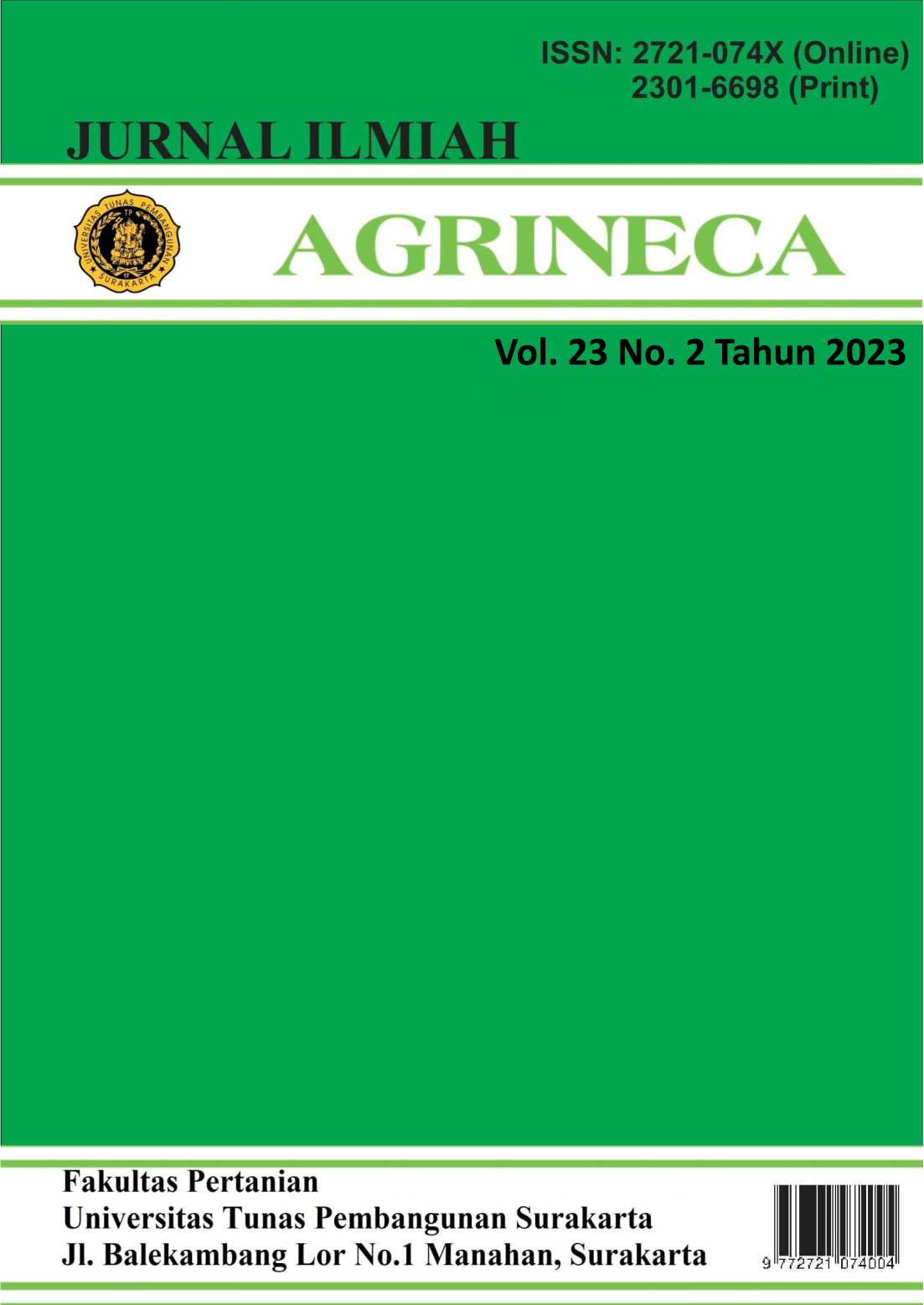An overview of black pepper: cultivation and challenges
Abstract
Black pepper, renowned for its strong taste and medicinal properties, is a widely traded spice worldwide. This article provides an overview of black pepper farming, highlighting the challenges it faces and suggesting sustainable solutions. The pungent flavor comes from its main chemical component, piperine, typically present in concentrations below 9%. Over time, the plant trade that historically originated from India has experienced significant growth, with Indonesia, Vietnam, Brazil, India, and Malaysia emerging as major global producers. However, despite the expansion of pepper plantations in Indonesia, there has been a decline in both production value and productivity growth. This can be attributed to factors such as the use of subpar seeds, limited availability of suitable land, pest and disease infestations, less intensive farming methods, farmers' limited knowledge, and pesticide residues from excessive chemical pesticide use. To overcome these challenges, farmers can collaborate through groups, adopt intensive cultivation methods, grow pest and disease-resistant varieties, incorporate refuge plants, employ biopesticides for pest control (particularly for major pests like Lophobaris piperis, Dasynus piperis, Diconocoris hewetti, and Thrips sp.), use chemical pesticides sparingly and responsibly, and ensure effective post-harvest processing.

